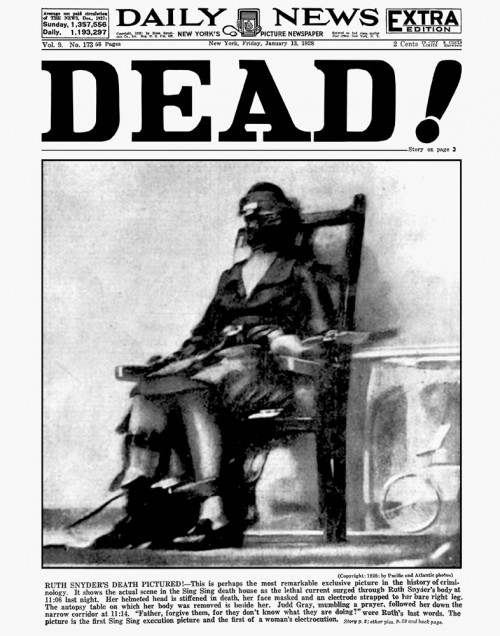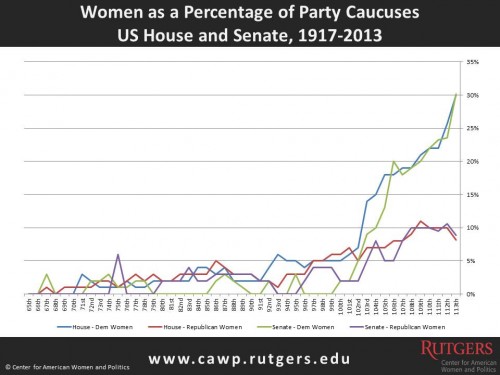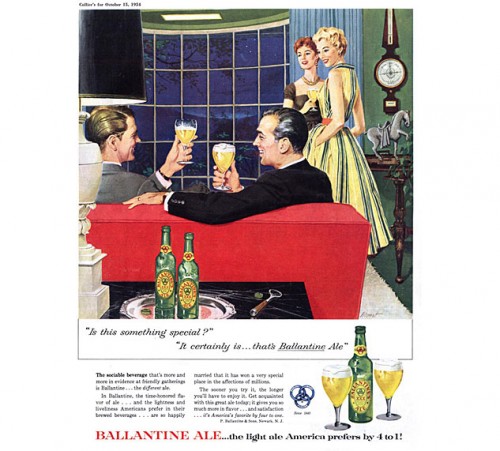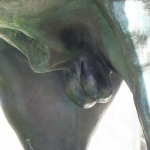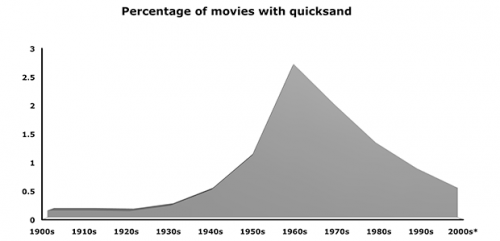On any given workday, over 31 million lunches are served to children in school cafeterias. Part of the U.S. Department of Agriculture’s (USDA) nutritional assistance efforts, the National School Lunch Program (NSLP) aims to deliver affordable and nutritious meals to the nation’s schoolchildren. After all, food plays a key part in helping them learn, grow, and thrive.
To reach those who need it most, the federal and local governments work together to offer free lunch to children whose parents cannot afford to pay for it. But money is just one way a meal can be compensated for: the ‘free’ school lunch comes at other costs.
First, there are the health costs. At its inception, the NSLP was not designed as a social program. Instead, it was a response to agricultural overproduction and a surplus of farm produce, writes historian Susan Levine. The policymakers’ goal was to get rid of excess foods while supporting domestic production.
As a result, nutrition was of secondary concern to them: one year, eggs would be on the menu daily; another, they would hardly make an appearance. It wasn’t until the war, when politicians grew concerned about the ability of the nation’s men to fight, and until it became apparent hungry children don’t do well in classrooms they were newly required to sit in, that anyone took a serious look at what kids at school were actually eating.
By that time, it was too late. The program was already run like a business, and not even the introduction of nutritional standards helped. Today, these normatives are outdated – children snack rather than eat three square meals, and are less physically active, requiring fewer calories – and almost impossible to follow with the budget restrictions school lunch planners face.
The private industry was quick to offer solutions, but is more interested in profits than schoolchildren’s waistlines. Enriched and fortified chips and candies of otherwise dubious nutritional value appear in school cafeterias and vending machines, often a more popular choice with kids than apples. Frozen and convenience foods are replacing fresh meals cooked on premises. And the labyrinthine regulations of meal calorie contents coupled with cafeteria financial realities often mean adding more sugar to students’ plates is the only thing that can bring down its fat content, for example.
The food itself is not the only factor contributing to children’s undesirable health outcomes. Economist Rachana Bhatt finds the amount of time students have to enjoy lunch also matters. Students tight on time – they must squeeze all getting to the cafeteria, standing in line, eating their food, and cleaning up into their lunch break – might choose to skip the meal, leading them to overeat later, or eat quicker, leading them to consume more due to the delay in feeling full. Even if all school lunches offered healthy options, time would complicate their relationship with health outcomes: Bhatt found students who had less time for lunch were more likely to be overweight.
The lunch may be free when children choose their meal and sit down to eat it, then. But it may come at a substantial cost several years down the line, when a young adult is paying for diabetes medication and visits to the doctor to monitor their blood pressure.
Read Part II of “No Such Thing as a Free School Lunch.”
Teja Pristavec is a graduate student in the sociology department, and an IHHCPAR Excellence Fellow, at Rutgers University. She blogs at A Serving of Sociology, where this post originally appeared. Cross-posted at Pacific Standard.

